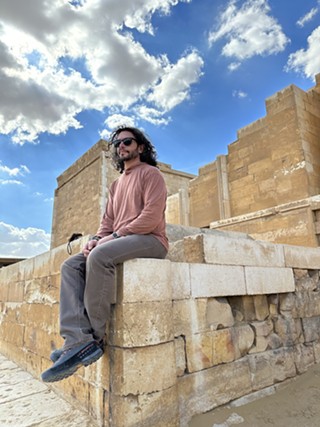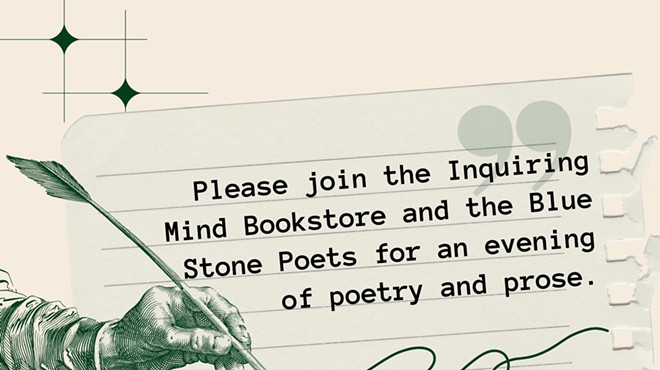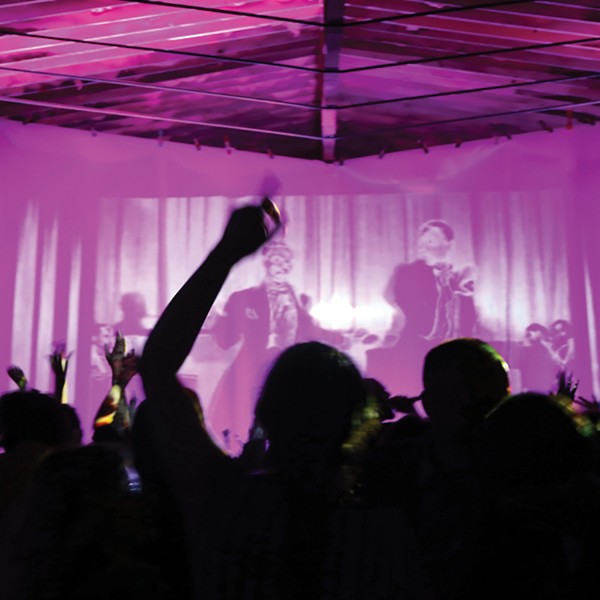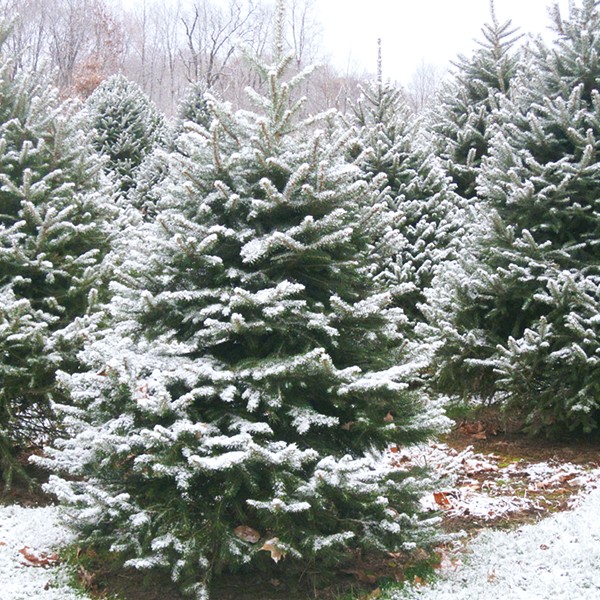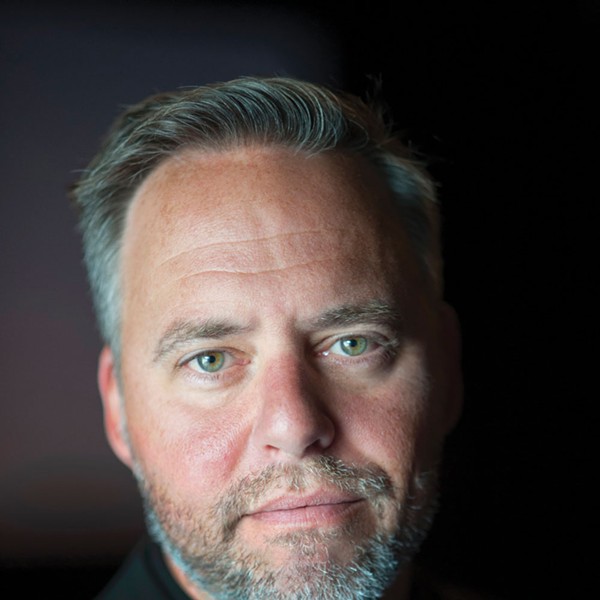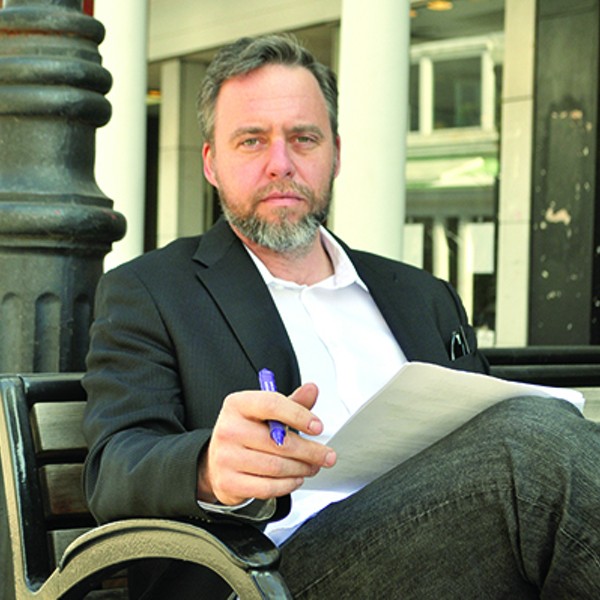I can see a lot of bright in you
And I think that dress looks nice on you
I can see a lot of life in you
—Sufjan Stevens
Esteemed Reader of Our Magazine:
Having explored and sampled in practice many varieties of religious form I’ve found that though all are unique, as people are unique, they are the same in their potential to carve out a vessel for grace; and once having created the corresponding atmosphere of grace, they can transmit tacit knowledge that can only be received in a heightened state of consciousness.
Of course anything can be used to create the atmosphere. For example, I once heard a sadhu sing “She’ll Be Coming Round the Mountain” with such attention and fullness of intonation that it sounded like a choir of Tibetan monks. As Robert Fripp adeptly aphorizes, “Just below the surface of our everyday world lie riches.” Ritual, even spontaneous, can be a way to dig for those riches. But the key is having an intention, for as Mr. Fripp also uttered, “If we don’t know where we’re going, we’ll probably get there.”
When I was a boy, my father became ardent in his practice of religion. His dedication to prayer, ritual, and adherence to law was very compelling. In an attempt to emulate his dedication I tried keeping kosher on the farm where we raised and slaughtered pigs and where the teachings of Ram Das and Wicca were the most recognizable traditions present. It was my first attempt at the impossible task of decontextualized discipline. I knew I needed help and I exerted every pressure I could to go and live with him in a distant city.
When I eventually succeeded in relocating to my father’s house, I immersed myself in the tradition, learning to read Hebrew, wearing a yarmulke and tzitzis and taking part in the religious life with the zeal of a convert. Though the interval of intensive practice was brief—only a couple of years—it remains the most rich and substantive period of my childhood.
The most potent part of our practice was shabbos. As the last light of the week faded on Friday evening, my stepmother would light the candles—one for each family member—and quietly intone the blessing. It was a powerful moment of stillness after a flurry of cleaning and preparation. The stillness persisted until shabbos ended an hour after sundown the following day, during which time no work could be done, and we fully rested for 24 hours.
After I left the religious life I never lost a taste for the for experience of the sacred. It was clear that evoking that finer quality requires an invocation, an intentional ritual that forms a vessel into which subtler material can flow. And now that I have sons of my own we practice the shabbos evening event of welcoming of the Shekinah—the sabbath bride or feminine representation of the divine. We sing together, our voices blending into a message of peace—shalom aleichem—to one another and to the “conscious powers through whom the divine will is manifested.” We read psalms (most recently from Leonard Cohen’s Book of Mercy—a modern, but no less sacred addition to the songs and psalms of Solomon and David). We bless the wine and bread, and we bless one other. Inevitably at the end of our ritual there is a brightness in the eyes of family and guests, for we have formed a vessel, and filled it.
There is a line in a Zen sutra called Identity of Relative and Absolute which says “The absolute works together with the relative like two arrows meeting in mid air.” This suggests that form and content are equally important. Without structure, like ritual, be it religious, familial, societal, professional, or personal, nothing can manifest. And without the substance of intention and attention, we are left with a useless and empty shell. But putting form and content—discipline and presence—together in a meaningful way is, as the sutra continues, “like the foot before and the foot behind in walking.”
The stuff of the sacred may always be present, but is not felt until it coalesces in an event we ourselves give form. And after almost 40 years of living, I have found no higher purpose than to be an agent for this quality to enter the world, though my understanding of the science and means by which this is done have changed.







